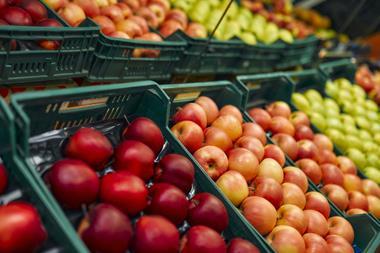Health Matters: Using trends to pinpoint what customers are demanding in store
In C-Store’s first health page,Jo de Mille looks at the latest health trends to pinpoint what customers are demanding in store
ALREADY HAVE A REGISTERED USER ACCOUNT? PLEASE LOG IN HERE
To read the full story join the ConvenienceStore.co.uk community today!
Registration is quick and easy and provides access to:
- Unlimited ConvenienceStore.co.uk articles
- Our great range of newsletters
- Content you’ve saved for later via the ‘my library’ feature
And much more…




























